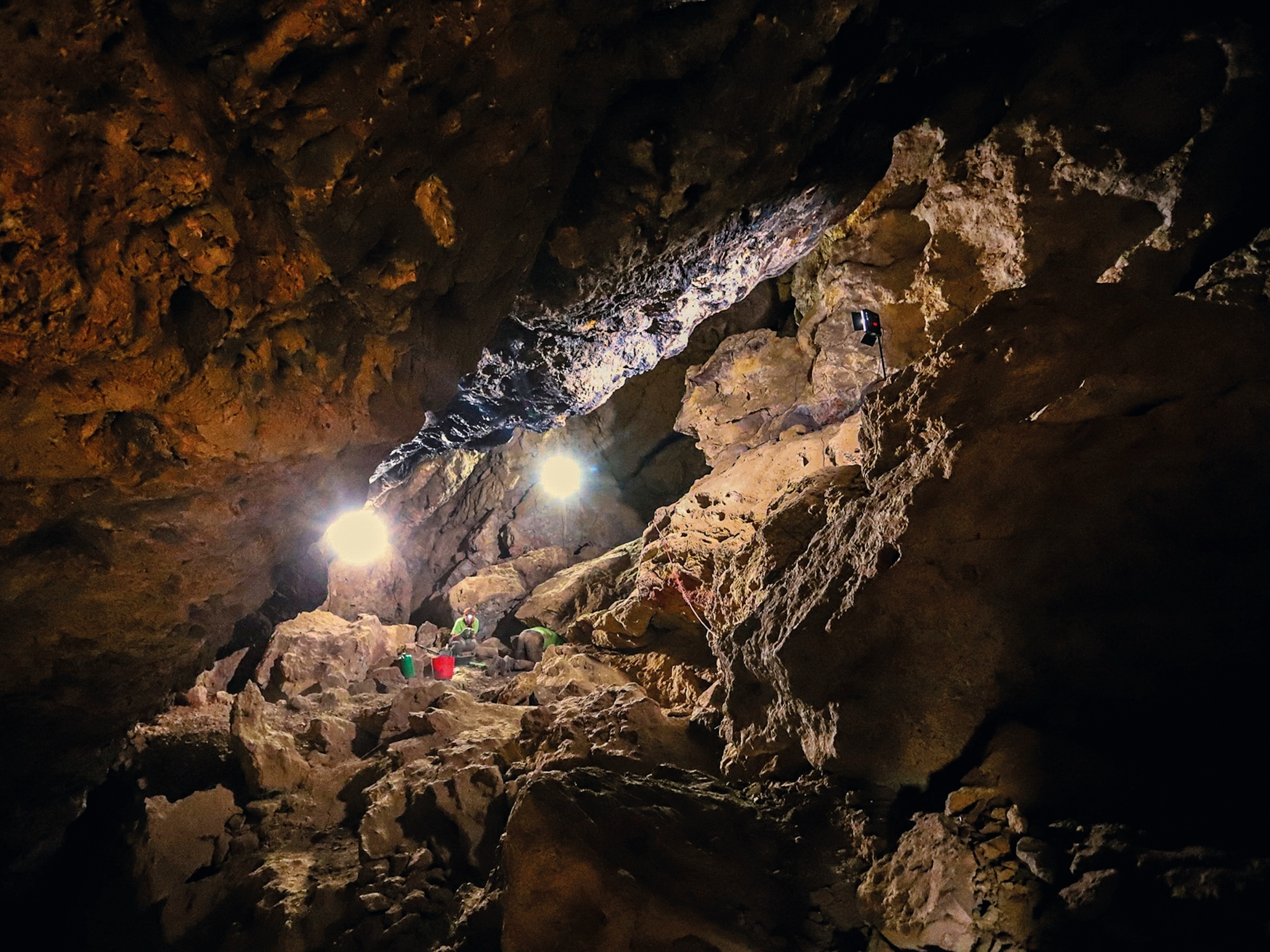
Japan's Secret WWII Weapon: Balloon Bombs
The Japanese harnessed air currents to create the first intercontinental weapons—balloons.
Balloon bombs aimed to be the silent assassins of World War II. Hitching a ride on a jet stream, these weapons from Japan could float soundlessly across the Pacific Ocean to their marks in North America.
Still largely unknown, these armaments were a byproduct of an atmospheric experiment by the Axis power. In the 1940s, the Japanese were mapping out air currents by launching balloons attached with measuring instruments from the western side of Japan and picking them up on the eastern side.
The researchers noticed that a strong air current traveled across the Pacific at about 30,000 feet.
Using that knowledge, in 1944 the Japanese military made what many experts consider the first intercontinental weapon system: explosive devices attached to paper balloons that were buoyed across the ocean by a jet stream.
The Pattern of Attack
Experts estimate it took between 30 and 60 hours for a balloon bomb to reach North America's West Coast.
Atmospheric uncertainty made for an uncontrolled attack. "An awful lot of this was just 'put them up there and see what happens,' " said Dave Tewksbury, a member of the geosciences department at Hamilton College, New York. But the lack of a governed outcome was tempered by the fact that no Japanese troops were at risk.
Locating the Source
When the balloons made landfall, there were no obvious clues as to where they originated. But forensic geology, then in its infancy, was able to pinpoint Japan as the point of launch. When Col. Sigmund Poole, head of the U.S. Geological Survey military geology unit at the time, was given sand from one of the balloon's ballast bags, he is alleged to have asked, "Where'd the damn sand come from?"
His team of geologists knew it wasn't a type of sand found in North America or Hawaii. "Japan was a logical guess," said Tewksbury. The sand was unique enough to narrow the source down to two areas on the island of Honshu. "Most likely it had been coming from a small chunk of beach east of Tokyo," he added.
A Single Success
The first balloon was launched on November 3, 1944. Between then and April 1945, experts estimate about 1,000 of them reached North America; 284 are documented as sighted or found, many as fragments (see map). Records uncovered in Japan after the war indicate that about 9,000 were launched.
The Japanese government withdrew funding for the program around the same time that Allied forces blew up Japanese hydrogen plants, making the commodity needed to fill the balloons scarcer than ever. Plus it was unclear whether the weapons were working; security was so good on the U.S. side that news of the balloon bombs' arrival never got back to Japan.
The downside to such secrecy was that American citizens didn't know what these weapons were. As a result, a single one achieved its goal.
On May 5, 1945, five children and local pastor Archie Mitchell's pregnant wife Elsie were killed as they played with the large paper balloon they'd spotted during a Sunday outing in the woods near Bly, Oregon—the only enemy-inflicted casualties on the U.S. mainland in the whole of World War II.





